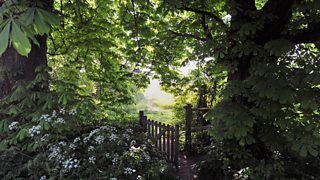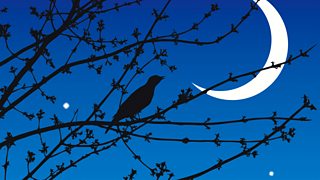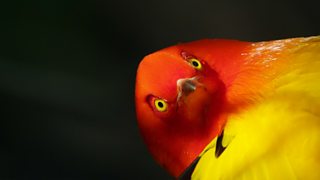Listen and learn: a beginner’s guide to identifying birdsong.
As Spring gives way to Summer, Radio 3 Breakfast presents Lucy 'Lapwing' Hodson’s guide to identifying some of Britain’s most common songbirds.
"I am a bird lover and all-round nature nerd. I started learning to identify birdsong when I was 22, with the help of volunteers at the RSPB. For me, the best thing about learning to recognise birds by their song is that you don’t need to see the bird to know what it is. I hope that this guide will help you start learning about the birds in your area." Listen as Lucy introduces each song in her own inimitable style.
Lucy Hodson

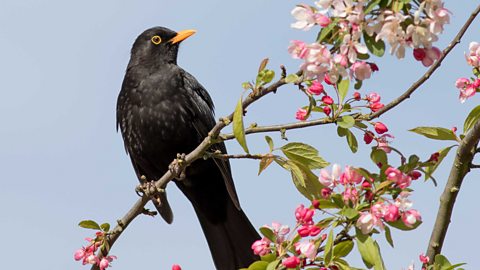
Blackbird
A deep, melancholy tone
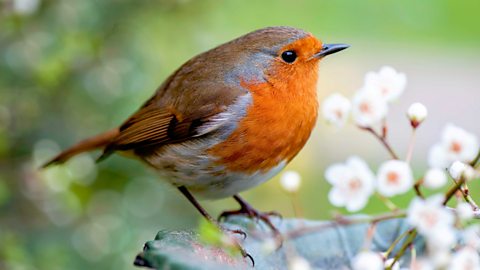
Robin
The robin’s song is sweet and cheery; it will sing a phrase, then pause, then sing again.
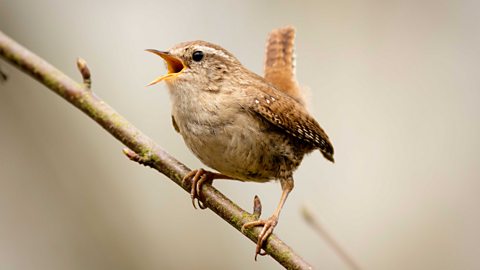
Wren
A high-pitched, flurried burst of song
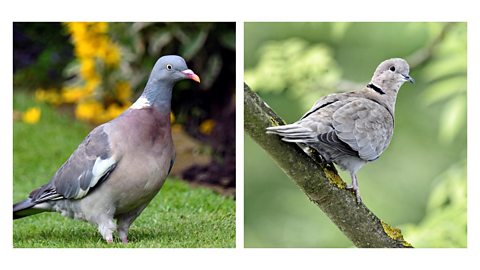
Wood Pigeon and Collared Dove
Two closely-related birds which sound like they are singing their own names.
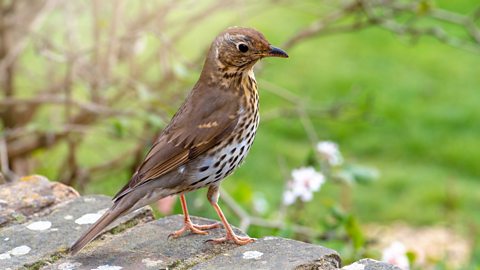
Song Thrush
A varied song with phrases often repeated.
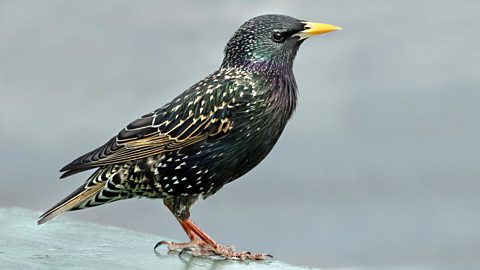
Starling
Listen for a tapestry of clicks, rattles, whistles, warbles and scratches.
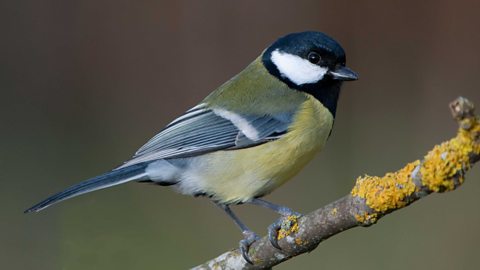
Great Tit
A distinct, bouncy, two-syllable song.
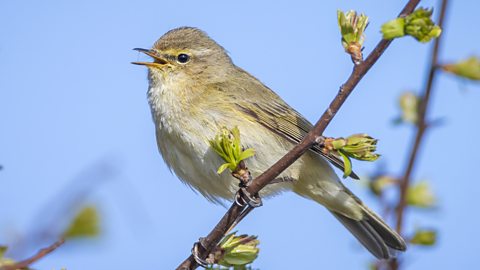
Chiffchaff
Imagine the bird is singing its name, "chiff-chaff, chiff-chaff".
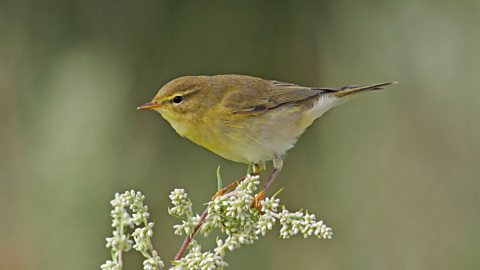
Willow Warbler
A gorgeous, descending, flute-like song.
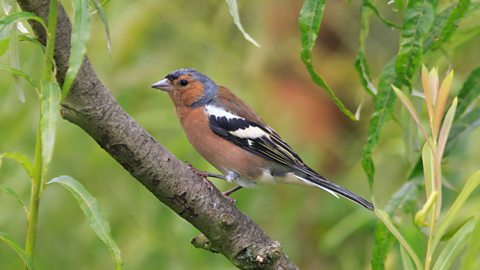
Chaffinch
A song like a waterfall, with a scratch or rattle at the end.

Goldfinch
Tinkling, like liquid gold falling from the sky.
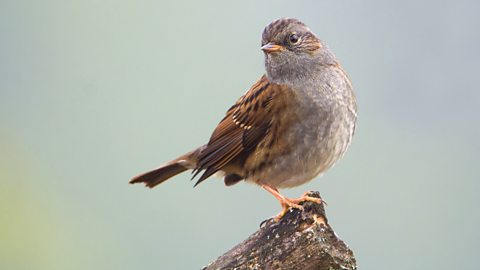
Dunnock
Singing a wren’s song in a robin’s voice.

Greenfinch
It’s like it has tiny hammer or pick-axe, chipping away...
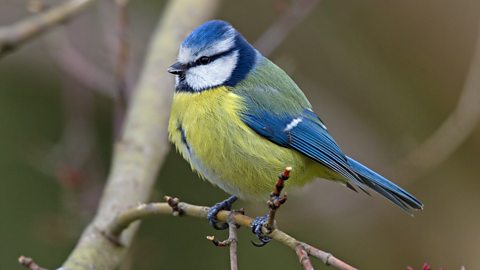
Blue Tit
It’s saying "tee-tee" and "lily-lily-lily".
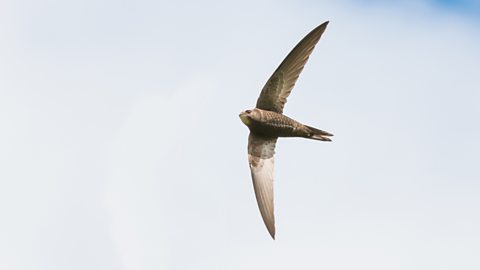
Swift
High pitched, screaming noise – you can feel their joy.
-
![]()
Wake up to Breakfast on Radio 3
Petroc Trelawny, Hannah French, Kate Molleson, Elizabeth Alker and Martin Handley present Radio 3's classical breakfast show, featuring listener requests.

Exploring birdsong on Radio 3
-
![]()
Ten minutes of birdsong from the English countryside
An enchanting natural soundscape recorded one bright summer's dawn in a Cotswolds orchard.
-
![]()
The Listening Service: Is Birdsong Music?
Tom Service asks how birdsong has inspired and equipped human music over the years.
-
![]()
How do you duet with a nightingale?
Singer and folk song collector Sam Lee on how the nightingale's musical phrases and leitmotifs make it the perfect duet partner.
-
![]()
Sounds of the Earth
Listen to the natural world in its many guises.

